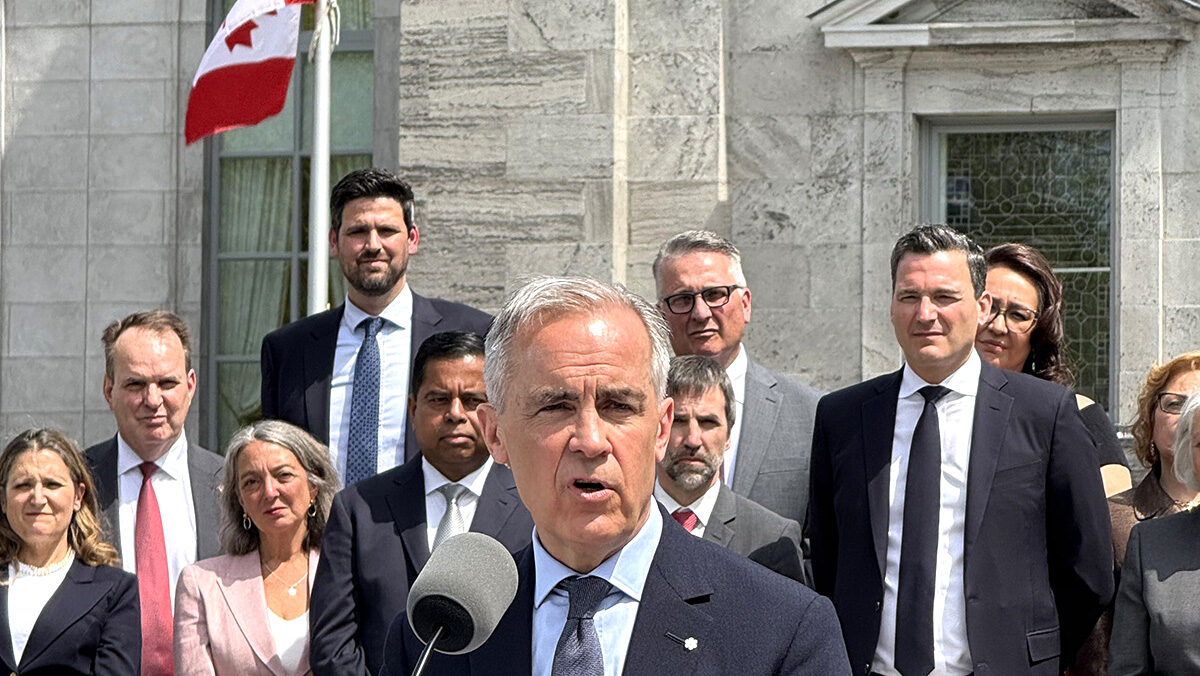Ukraine and Russia share the same Orthodox Christian roots that date back to 988 AD, in Kyivan Rus, the east Slavic state that both countries consider the root of their modern countries. [The New York Times, “Zelensky Proposes Barring Orthodox Church That Answers to Moscow”]
Until 1991, the Ukrainian Orthodox Church was led by the Patriarch of Moscow and all Rus’ of the Russian Orthodox Church. In the 1990s, a new Kyiv-based Orthodox church was formed. [Financial Times, “Ukraine’s Orthodox church granted independence from Russia ties”]
Support for this new church has been growing rapidly since 2014, when Russia invaded Crimea. Mistrust of Russia grew, and in 2018, the Kyiv-based Ukrainian Orthodox Church applied for and was granted its own church independent of the Patriarch of Moscow’s Russian Orthodox Church. This new status was granted in October 2018 by Ecumenical Patriarch Batholomew of Constantinople, on behalf of the Eastern Orthodox Church. This is the first step in a process of attaining independence from the Russian Orthodox Church.
Become a subscriber to continue reading!
Every week we bring you news from the community and exclusive columns. We're relying on your support to keep going and invite you to subscribe.
Starting from $2.30 per week.



